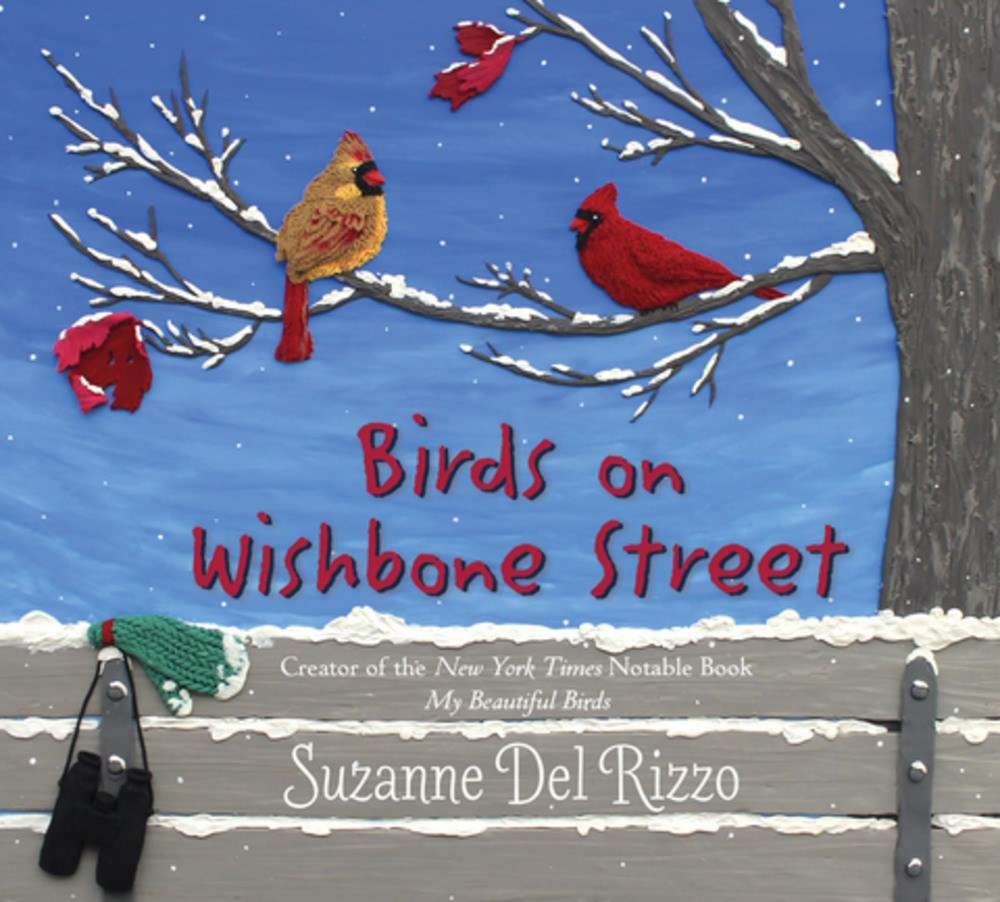Foreverland

Heather Havrilesky delivers a funny, forthright chronicle of modern wifehood in Foreverland: On the Divine Tedium of Marriage. As she recounts in the book, Havrilesky met and married her professor-husband, Bill, while in her mid-30s, and 15 years of marriage have disabused her of any fairy-tale notions about the institution. “A divine catastrophe” is how she now views the union. “Having someone by your side every minute of your life sounds so romantic before he’s actually there, making noises, emitting smells, undoing what you’ve just done,” she writes.
In Foreverland, Havrilesky considers the ups and downs of married life, writing with candor about its undeviating dullness and surprising upsides, about trading the high fire of early passion for the slow burn of long-term love. Havrilesky, a journalist whose beloved “Ask Polly” advice column now appears on Substack, has a gift for highlighting moments of comedy and absurdity in the midst of major life milestones. With Bill, she starts a family, buys a house in the Los Angeles suburbs and endures the COVID-19 lockdown, learning along the way to savor the mixed blessings of marriage. “It’s the hardest thing to do, sometimes: just to stand still and be loved,” she writes. Whether single or spoken for, readers are sure to fall for Havrilesky’s charming memoir.
From Hollywood With Love

Scott Meslow’s From Hollywood With Love: The Rise and Fall (and Rise Again) of the Romantic Comedy pays tribute to a seemingly imperishable cinematic category. The romantic comedy is something of a hybrid, a mashup of moods and emotions that hold forth the promise of a happy ending. In his delightful homage to the genre, Meslow notes that a romantic comedy’s “goal is to make you laugh at least as much as the goal is to make you cry.” Through an insightful survey of modern rom-com classics, Meslow explores the durability of the form, which peaked in popularity during the 1990s and early 2000s. Along the way, he looks at the careers of some of the category’s standout stars, including Meg Ryan, Hugh Grant, Jennifer Lopez and Will Smith.
Meslow writes with sparkle and wit, and in recounting three decades of rom-com history, he brings fresh perspectives to old favorites like When Harry Met Sally, Four Weddings and a Funeral and Waiting to Exhale. Meslow also takes stock of the genre’s recent resurgence, with a new generation of movies cropping up on Netflix and other streaming platforms. As From Hollywood With Love proves, our love for the romantic comedy is here to stay.
Black Love Matters

For the anthology Black Love Matters: Real Talk on Romance, Being Seen, and Happily Ever Afters, editor Jessica P. Pryde enlisted a stellar lineup of essayists to share their perspectives on Black love and the ways it’s portrayed in popular media. Pryde is a librarian, contributing editor at Book Riot and die-hard romance fan who has long been aware of the lack of romantic narratives featuring Black protagonists and blissful endings. As she notes in the book’s introduction, more than 90% of the titles produced by mainstream publishers in the romance category don’t focus on Black people’s experiences.
In “Finding Queer Black Women in Romance. Finding Bits and Pieces of Me,” novelist Nicole M. Jackson writes about looking for relatable figures in the romance genre. Author Piper Huguley explores the expectations and stereotypes surrounding Black leading men in her essay “In Search of the Black Historical Hottie Hero.” Other authors, scholars and critics who contributed to the anthology include Julie Moody-Freeman, Da’Shaun L. Harrison, Allie Parker and Carole V. Bell (who’s also a BookPage contributor). From astute cultural critiques to introspective first-person essays, these 14 pieces form a revealing mosaic that will fundamentally change how readers engage with love stories.
Conversations on Love

Love is the one thing most of us say we can’t do without, yet putting it into action—whether as a sibling, spouse or friend—can be one of life’s greatest tests. Journalist Natasha Lunn helps readers make sense of this important emotion in Conversations on Love: Lovers, Strangers, Parents, Friends, Endings, Beginnings. An offshoot of her popular Conversations on Love email newsletter, Lunn’s book features candid Q&As with authors and experts who provide guidance on the subject of love, including suggestions about how to find it, cultivate it and keep it alive.
Lunn’s roster of interviewees includes writer Roxane Gay, psychotherapist Susie Orbach and author Juno Dawson. While her book tackles topics that will resonate with committed couples, such as dealing with infidelity and working to maintain passion while raising kids, Conversations on Love also covers issues outside the realm of romance, such as sibling dynamics, self-love, identity and strategies for coping with the loss of a loved one. “Just as we change, our challenges in love change too,” Lunn writes. Her book is a thoughtful guide to meeting those challenges—and getting more love out of life.




















